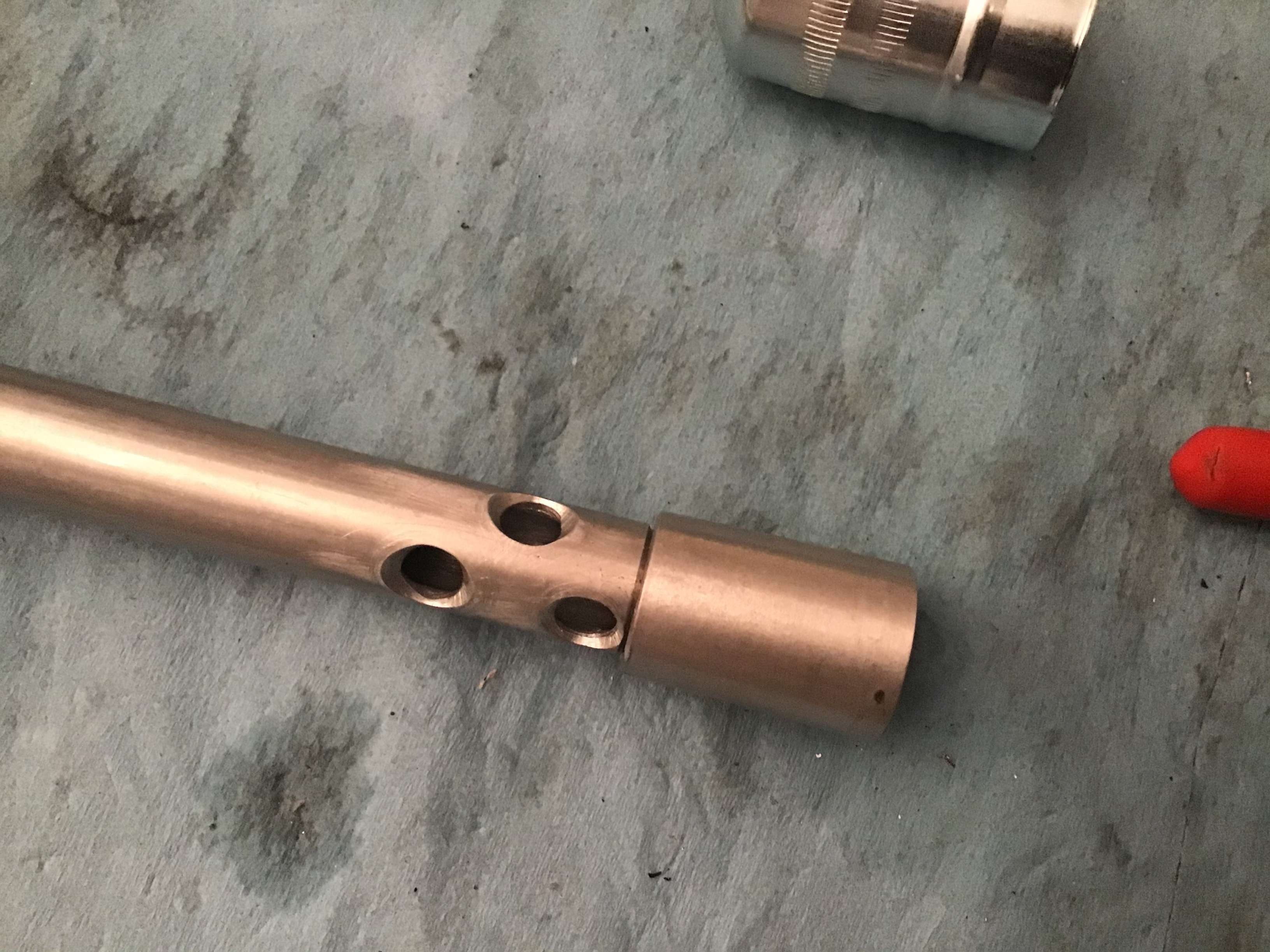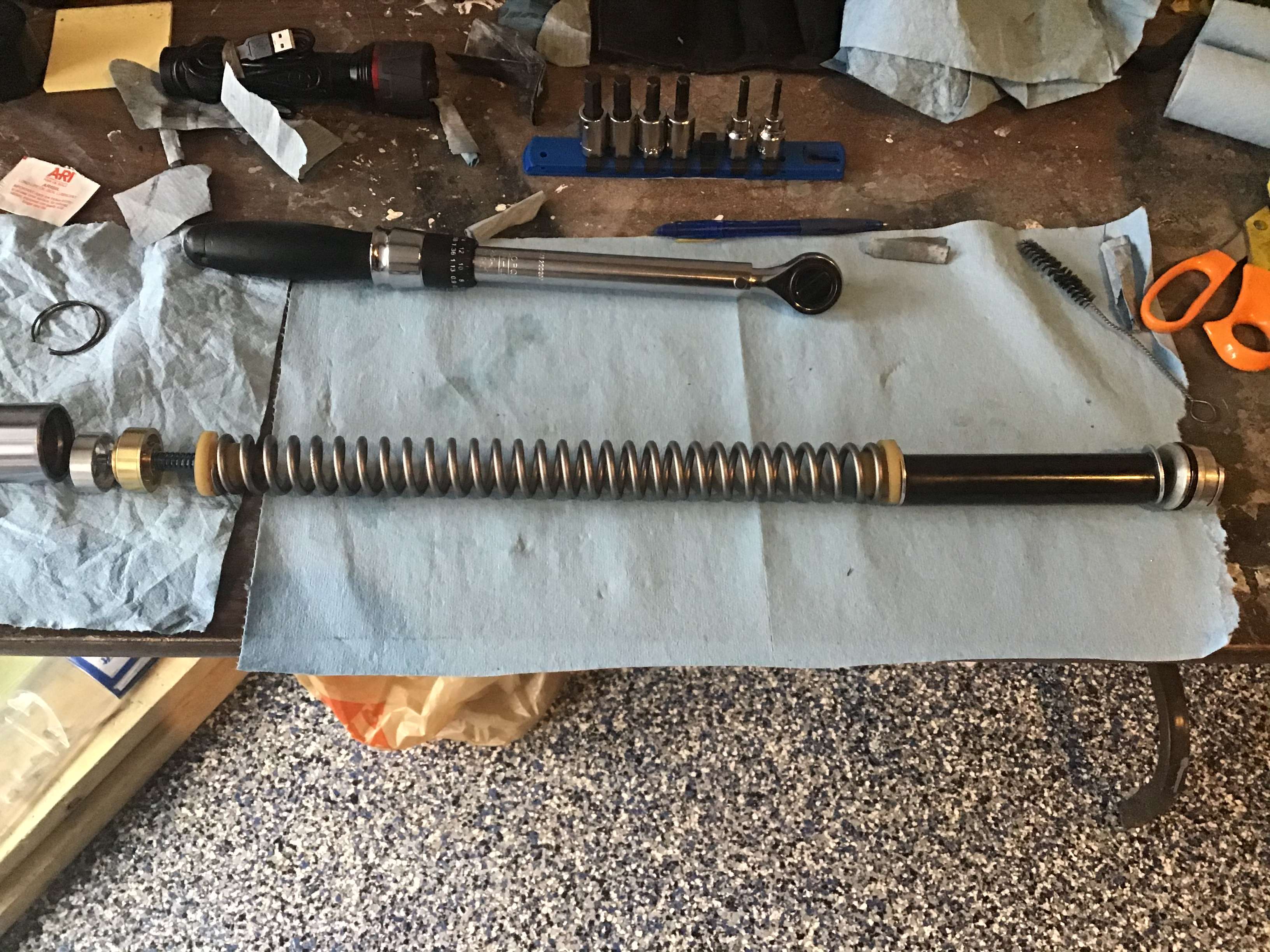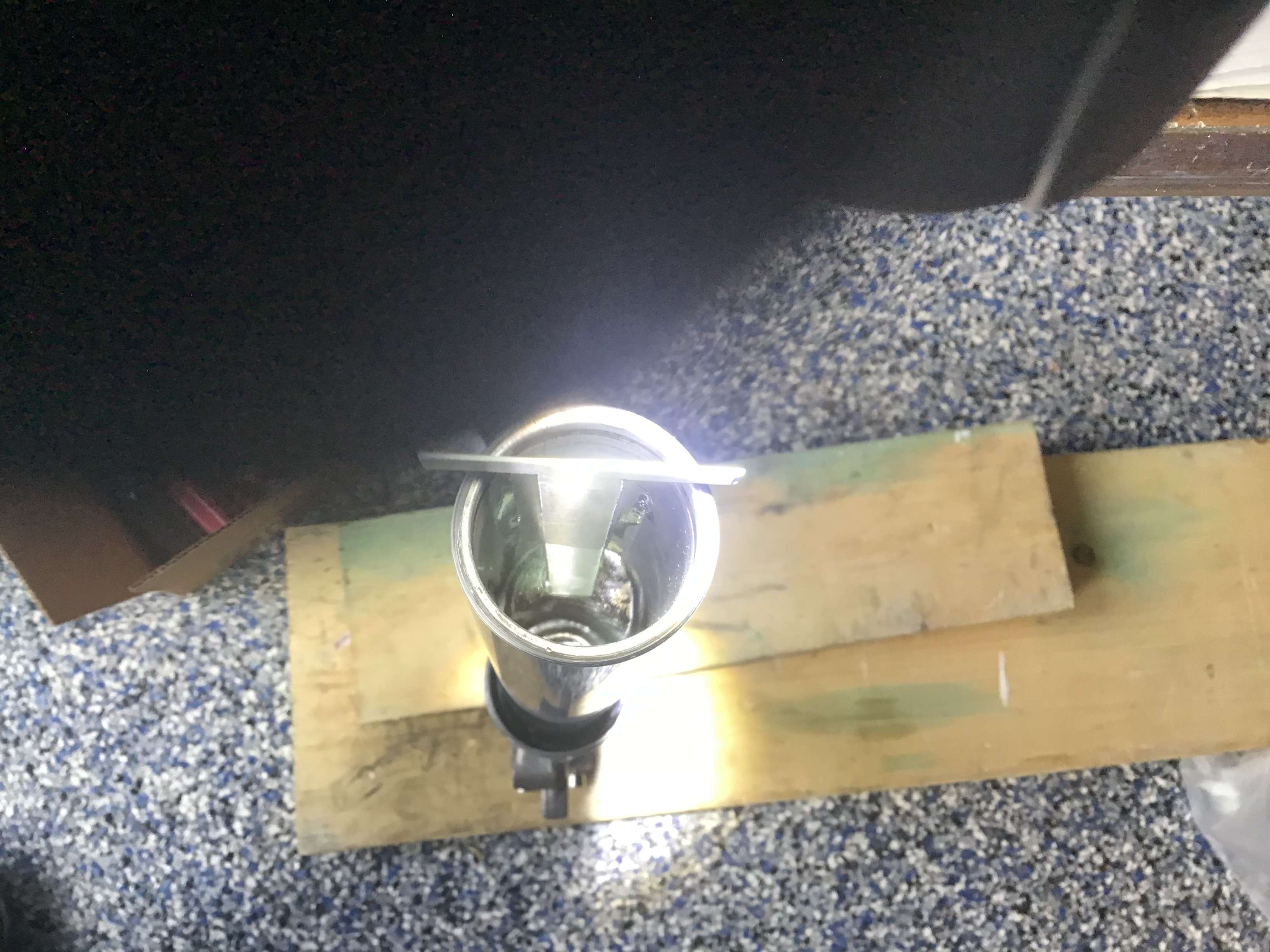mcmlcccvrs
New member
I disassembled the one fork today to start this upgrade and I noticed something interesting, or perhaps it isn't! My bike has the sport suspension spacer tube, but a single, not dual springs. The spacer tube is white and 105mm long.




